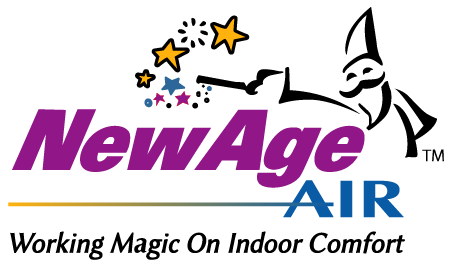
The U.S. Federal Emergency Management Agency suggests checking the furnace in your Pennsylvania home before cold weather arrives. Here’s what it takes to have your furnace ready for the winter.
Make Sure Your Thermostat is Working Correctly
Your thermostat and furnace work closely together. If your thermostat is not working correctly, your heating system may not have a chance to work efficiently, either. First, if you have a manual thermostat, check how it behaves when you turn it off, wait a minute, and then turn it back on. It should continue without problems. If it doesn’t seem to respond very well, check for low batteries. If your thermostat doesn’t use batteries, be sure not to touch the wires, as some of them could be loose.
If you want to save money this winter, you might want to consider getting a programmable thermostat. With a programmable (or set-back) thermostat, your home will stop warming up while you’re away, saving you anywhere from 20 to 75 percent of your current furnace operating cost, according to the Consumer Energy Center.
Clear the Area Around the Furnace
During the time that your furnace will be working the hardest and heating up the most, you definitely need to keep the area around the unit free of debris and clutter to prevent fire hazards. There should be no aerosols, cardboard, paper, or other objects in the same space as your furnace, especially if your water heater is in the same room. Keep the door to the furnace room slightly open if possible, as this will help relieve some of the built-up heat in the room, just in case.
It’s also very important to keep all your vents clear. Make sure they are all open, and remove furniture or other items that may be in the way of the air flow. It’s easy to casually move something into the way earlier in the year, forget about it, and end up with an overheated furnace. Also, inspect the exhaust flue outdoors, as leaves, twigs, and other natural debris can block it. If you do nothing else, make sure you are protected from these overheating and fire threats.
Take Care of Air Filters, Vents, and Ducts
Replace the air filter in your furnace each month, especially in the winter. Consider upgrading if you currently buy flat filters. Upgrading to a pleated filter or electrostatic filter increases the energy efficiency of your furnace. Be sure to use whichever style of filter your system’s manufacturer recommends.
It’s also important to clean your air vents and ducts. The simplest way is to remove the vent covers with a screwdriver and use an extended vacuum hose.
Check the Furnace Itself
Dust can accumulate over the year, and on top of the stress of keeping a home warm in winter, an old furnace might be unable to take it. If it’s safe to do so, check and clean your furnace burners before the start of the colder seasons. This is also an opportunity to check for signs of misalignment and rust.
Make sure all the components of your heating system are clean and maintained. The furnace blower motor is extremely important and should be oiled once a year. If you hear strange squeaks when the furnace starts up, it may be time to get the motor oiled. This is a great time to call the professionals.
Also, many furnace blowers have belts that can crack with age. If this happens, your HVAC mechanic can inspect and replace it by the time the cold winter arrives.
In the Mid-Atlantic region, this is one of the busiest times for HVAC work, so you don’t want to wait too long to have your furnace examined for the winter months. Feel free to schedule a visit or call at 610-298-0271. We look forward to working with you.
Image provided by Shutterstock
